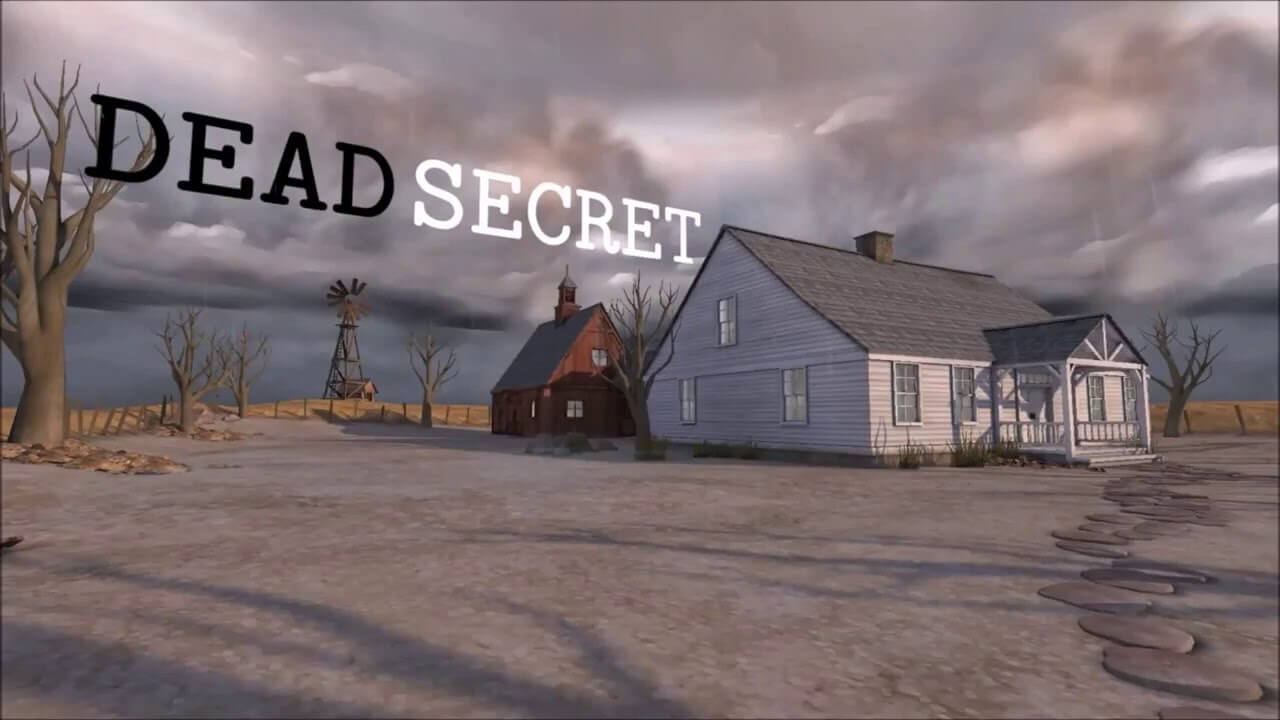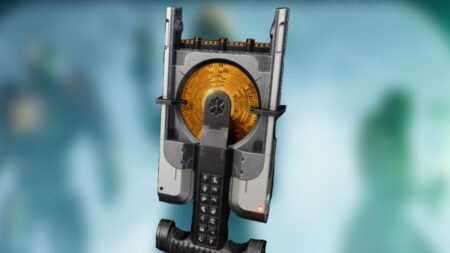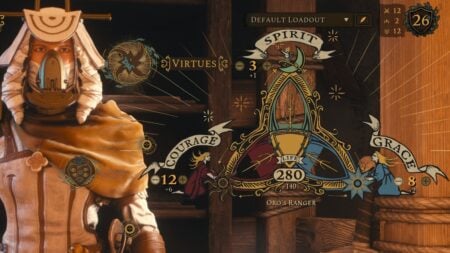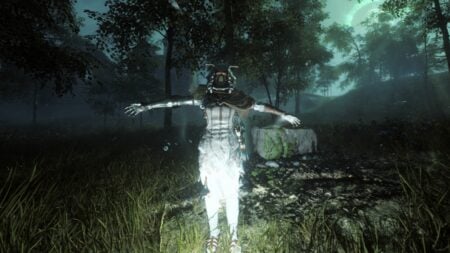I read Ready Player One about 2 years ago, and I remember feeling so bummed out that I would probably have to wait at least ten years before I could see that kind of technology. I definitely didn’t expect to have an affordable virtual reality headset in my home a little over a year later. 2016 brought us many disappointments, but the virtual reality was not one of those things. Over the past year, virtual reality has become a household thing; you don’t even have to have a strong PC to have virtual reality anymore (Thanks, PlayStation!). When I had the chance to try virtual reality for myself, there was one gaming genre I was really looking forward to trying: horror. There have been many horror games developed for virtual reality, but today’s Indie Corner focuses on a truly innovative and terrifying experience.
[embedyt] https://www.youtube.com/watch?v=Da4tG1NrE1Y[/embedyt]
[gap height=”15″]
In Dead Secret, you are Patricia Gable and the year is 1965. You’re a journalist trying to write an exciting, new expose on a recent death that you believe isn’t so cut and dry. The victim is Harris Bullard and you must break into his home to find the secrets behind his potential murder. Our main character finds that this task is not as easy as she originally planned. Patricia discovers a rabbit hole full of blackmail, ghost stories, and some interesting goggles and is soon in over her head. After a man donning a Japanese Noh mask stalks you through the house, Patricia realizes she must solve the murder or risk becoming the next victim.
The creators of Dead Secret, Robot Invader, have labeled this as an “adult brand of fear.” A lot of horror games in the market specialize in cheap, jump scares instead of creating an environment and story that adds on to that level of fear. Dead Secret, however, offers a tense and complex environment that allows your fears and apprehensions to fester and a complicated story that will keep you up late into the night. While virtual reality is still in its early days, developers are still experimenting with everything they are now capable of doing and some VR titles don’t seem to have very intricate narratives. This week’s Indie Corner set out to be one of the first VR games featuring a narrative with some depth to it and they received a lot of praise for their choices.

Obviously, creating a game for virtual reality is not the easiest task to accomplish well. According to the Robot Invader team, “designing for virtual reality is completely different than designing for any other platform.” The decision to make the game available in virtual reality is one that must be made at the very beginning of the process. The developers of Dead Secret had early prototypes of the game that had to be torn apart and put back together when they decided to make the game available in VR. The introduction of VR in the gaming industry “throws out a bunch of the game design rule book, and imposes some new rules of its own.” The creators of the game said this was the most challenging, and funnest part, of developing their title. The biggest difference in designing a game in VR, according to the team, is the inability to control the character’s’ camera. In a VR game, you can’t control what you want (and don’t want) the player to see, but in virtual reality, they have the freedom to look and go wherever they want. This changed everything for the development process and it seems Robot Invader adjusted just fine.
Robot Invader is a small group of professionals that have created a handful of titles. Their team consists of 4 veterans of the gaming industry that worked on the Wind-Up Knight series, Rise of the Blobs, Hex, and Dungeon Slots. Although Dead Secret is their first horror title, Robot Invader’s founder has been fascinated with dissecting horror games and finding what makes them truly terrifying for years. While making Dead Secret, the team was inspired by anything from classic horror games, like Clocktower: The First Fear and Hell Night, to Japanese folklore. All of these elements come together nicely to create a unique experience.

Indie horror games have definitely created a sort of cult following, and whether a game is good or bad, we still enjoy them for what they are. However, it is always a special surprise to find a unique, immersive, and terrifying indie horror title, and Dead Secret is one of those special treasures. From the very start, the game does a phenomenal job of creating an environment that appears normal but provides an uneasy feeling. Within the first 5 minutes of playing, I had gotten pretty scared by an event I wasn’t expecting and I was hooked. I would suggest Dead Secret to anyone who is a fan of horror, and I promise, it’s just as scary on a monitor than it is in VR.
Dead Secret is available now in the Steam store and it is compatible with Oculus Rift, HTC Vive, and the Samsung Gear. For those of you not ready to jump on the VR bandwagon, don’t fret! You can experience Dead Secret in all of its creepy glory normally on your PC.







